Related Links for this Video:
WisContext coverage: Discovery Of CWD Prions In Soil Adds Piece To Deer Disease Puzzle
Frederica Freyberg:
In environmental news, UW-Madison scientists have discovered chronic wasting disease prions in soil and water where deer congregate. According to a lead researcher in the discovery, it’s the first time the existence of prions in soil has been demonstrated. The discovery coincides with Governor Scott Walker’s new emergency rules that include requiring reinforced fencing around deer farms, banning the movement of live deer from deer farms in CWD-affected counties and a ban on moving whole deer carcasses from such counties. But prions in soil and water? Could that be what has helped CWD spread to affect 53 of Wisconsins 72 counties? UW-Madison Professor of Soil Science, Joel Pedersen, helped lead the research. He joins us now. Thanks for being here.
Joel Pedersen:
Good to be with you.
Frederica Freyberg:
So as to that question, could CWD prions in the soil be an additional cause for the spread of CWD?
Joel Pedersen:
We and others have for many years hypothesized that environmental routes of transmission such as via soil and water may contribute to CWD epidemics. The relative importance of environmental routes versus direct contact between an infected animal and unaffected animal is not clear.
Frederica Freyberg:
So how would you describe, though, this discovery made on the part of yourself and others?
Joel Pedersen:
Well, as you said, it’s the first time that prions have been discovered in naturally-contaminated soils. We found them at sites where deer congregate. Whether they are at sufficiently high concentrations to cause transmission and contribute to epidemics is not clear at this time.
Frederica Freyberg:
Further research is ongoing on this, though, on your part and others across the country?
Joel Pedersen:
Yes.
Frederica Freyberg:
Yeah. And so these mineral licks, where deer congregate, would the same kind of numbers of deer congregate at feeding or baiting sites and cause the same kind of prions to enter the soil?
Joel Pedersen:
Certainly any area where deer congregate has a potential of shedding prions into the environment. We are particularly interested in mineral licks because these are locations where deer actually consume soil, so the medium onto which they would shed the prions.
Frederica Freyberg:
So once the prions get into the soil, what happens to them then? I mean, are they washed away or washed into groundwater or…
Joel Pedersen:
Research — excuse me. Research conducted in my group indicates that leeching into groundwater is not a significant cause for concern. They certainly could attach to soil particles and be washed off of a site. There was a previous report of prions in a water sample in Colorado in a watershed-draining CWD, area with high incidence of CWD. The degradation of prions in soil seems to be rather slow. We don’t have a good sense for how long it would take for them to degrade.
Frederica Freyberg:
And what do scientists know about whether or not if there are these CWD prions in soil, whether that could result in transmission to other animals?
Joel Pedersen:
Theres certainly that potential, but we don’t have any — to my knowledge, no experiments have been done to address that.
Frederica Freyberg:
And what about really the big question, transmission to humans?
Joel Pedersen:
That, of course, is a question on many people’s minds. There is not conclusive evidence that prions could transmit to humans at this time. There is ongoing work in that effort. And there is ongoing work in trying to understand that, both in the National Institutes of Health and at universities.
Frederica Freyberg:
Because people really are kind of starting to sound the alarm on that, aren’t they?
Joel Pedersen:
I don’t think that — again, we don’t have any definitive proof of transmission to humans. And I hope to learn more about this next week when Im at a prion meeting where I think that some results that are relevant to this question will be reported.
Frederica Freyberg:
Well be looking for that as well. What kind of reaction have you had to this discovery from policymakers or regulators here in Wisconsin or elsewhere?
Joel Pedersen:
Some interest but I haven’t had much contact with them.
Frederica Freyberg:
Given the results of this research, what do you think should be done to limit these kinds of congregations of deer?
Joel Pedersen:
Well, certainly it seems that practices that cause deer to congregate should be revisited in terms of whether we should regulate that or not. Our study, while showing that prions are present in such places, again, does not answer the question about whether transmission is significant at those locations.
Frederica Freyberg:
All right. Joel Pedersen, thanks very much.
Joel Pedersen:
Thank you.
Search Episodes
Related Stories from PBS Wisconsin's Blog

Donate to sign up. Activate and sign in to Passport. It's that easy to help PBS Wisconsin serve your community through media that educates, inspires, and entertains.
Make your membership gift today
Only for new users: Activate Passport using your code or email address
Already a member?
Look up my account
Need some help? Go to FAQ or visit PBS Passport Help
Need help accessing PBS Wisconsin anywhere?

Online Access | Platform & Device Access | Cable or Satellite Access | Over-The-Air Access
Visit Access Guide
Need help accessing PBS Wisconsin anywhere?

Visit Our
Live TV Access Guide
Online AccessPlatform & Device Access
Cable or Satellite Access
Over-The-Air Access
Visit Access Guide
 Passport
Passport


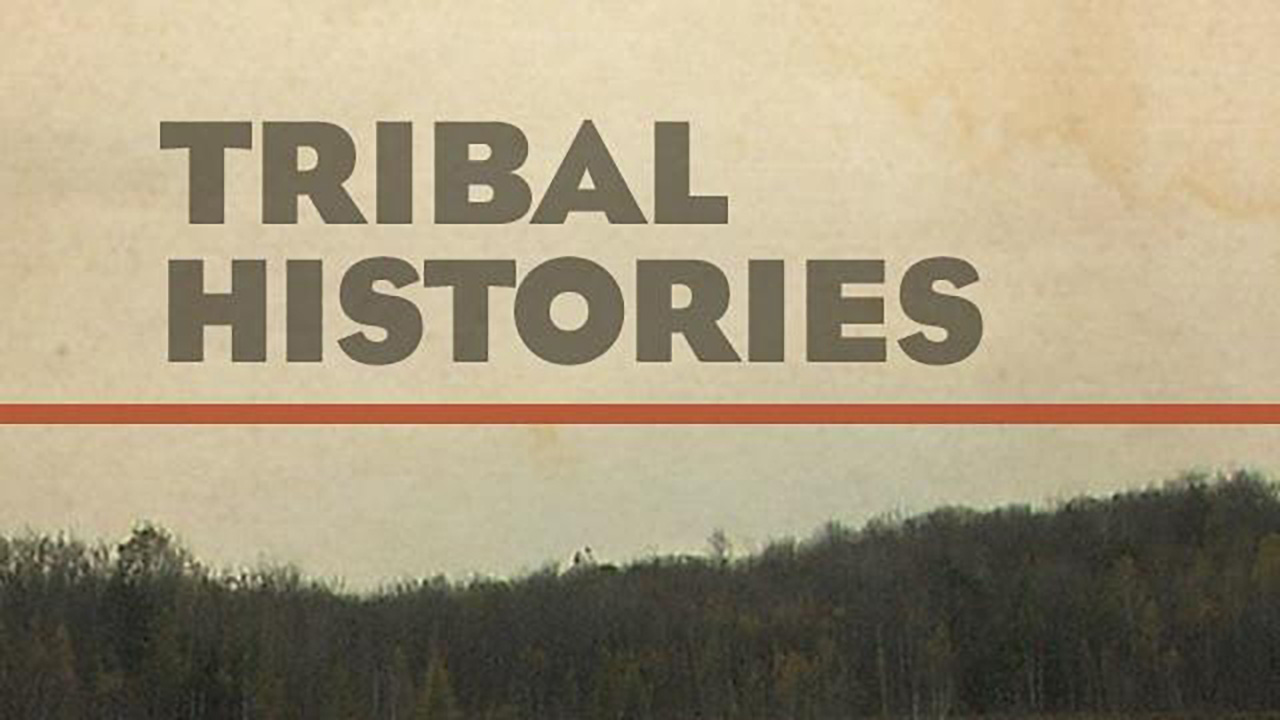





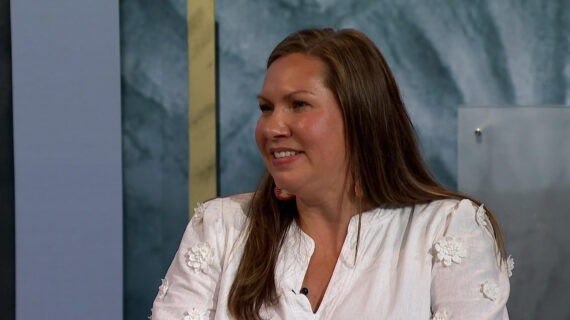
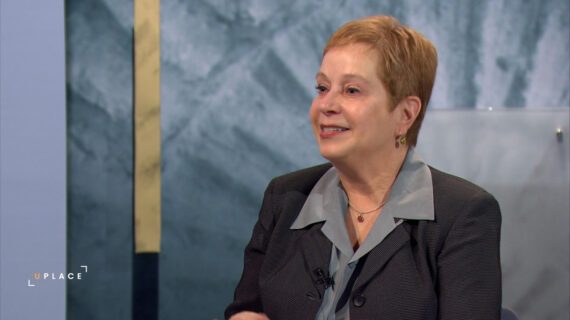
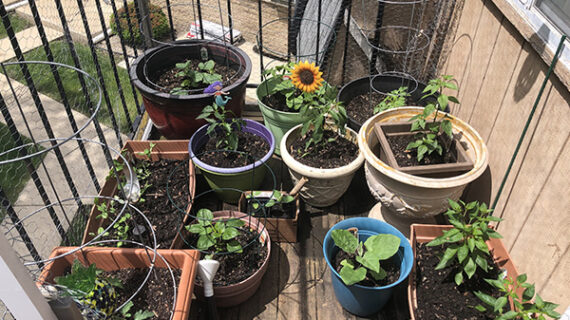
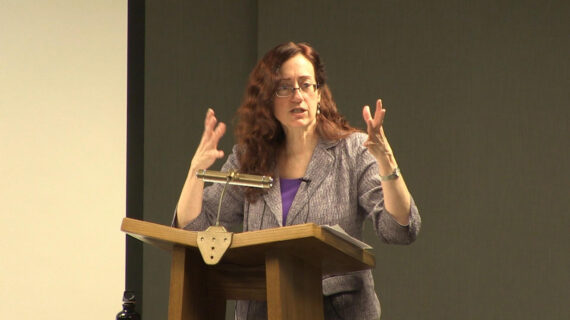
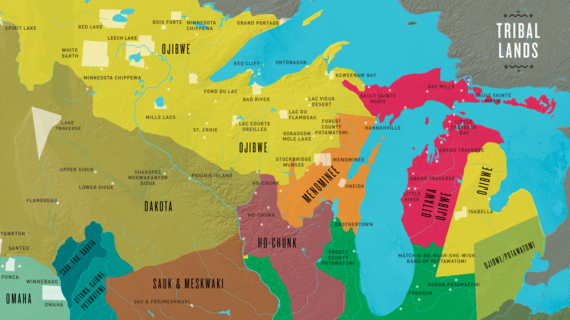
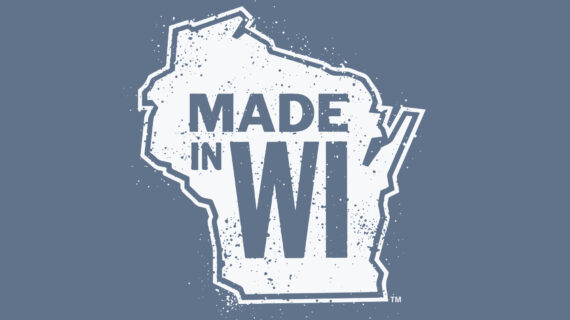
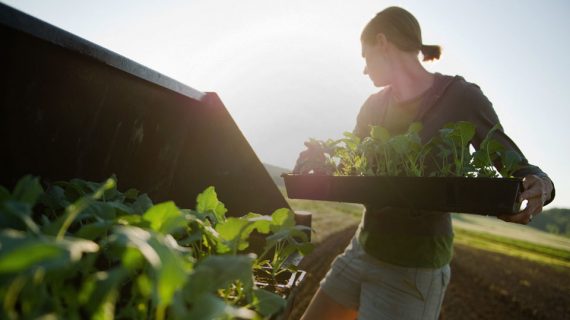
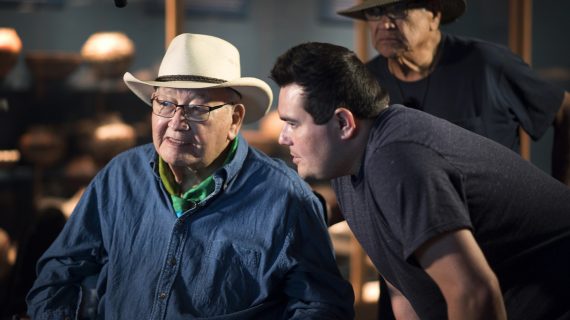


Follow Us